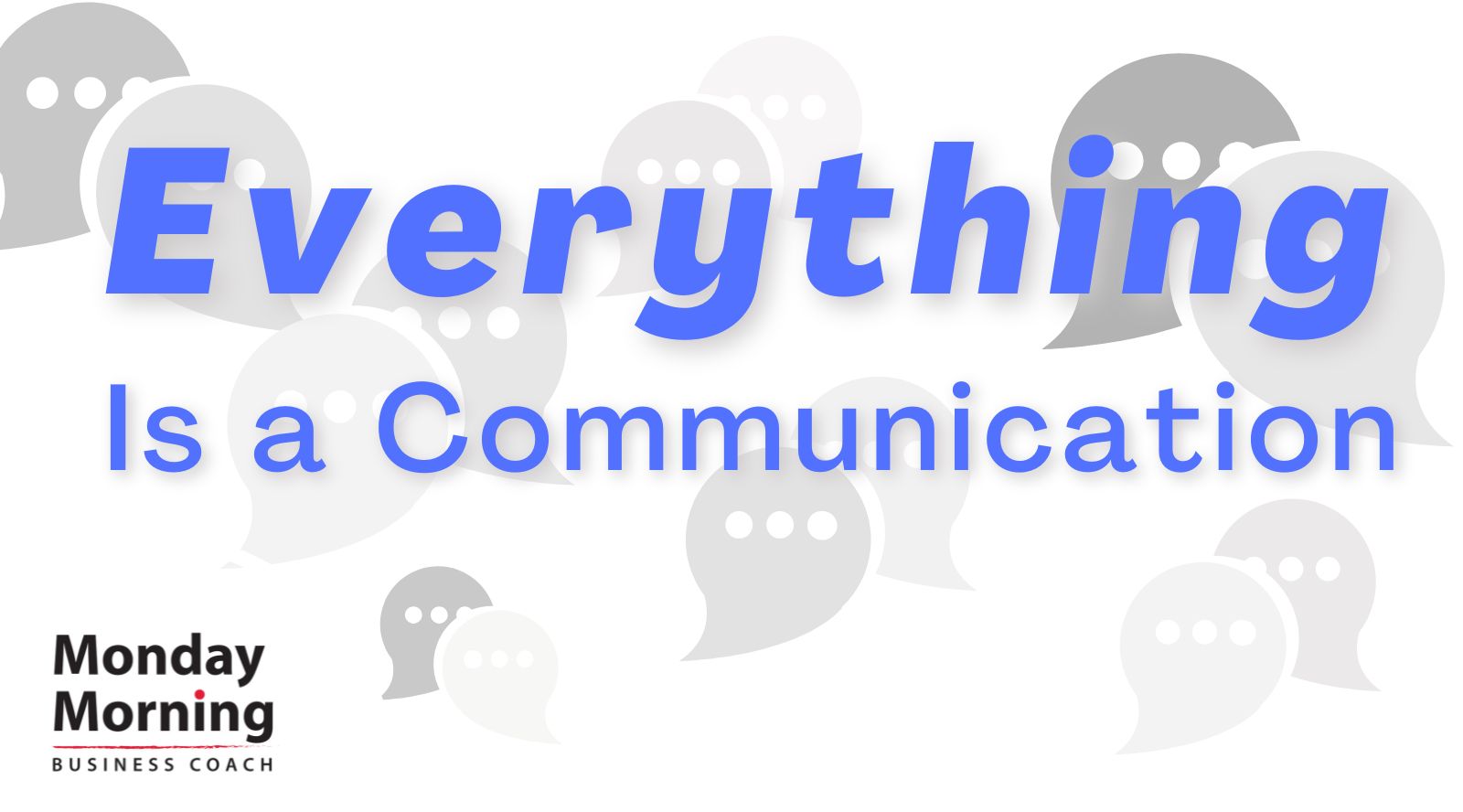As a follow up to our recent influence posts, we thought we’d talk about the importance of clear communication in your leadership. What you say and what you don’t say, is all a form of communication. And, as a leader, it’s imperative that you’re aware of this.
The people you’re leading not only absorb your words, but also your mannerisms, how you look (like facial expressions and posture), your tone, pace, and the flow of your words.
That said, if you want to be more effective in your communications, being aware of the competing messages your listeners are getting from you and your context, can help you create greater clarity.
Here are some examples:
- If you say something like, “that’s a great idea Sam, you’ve got my support,” but are shaking your head, you’re giving conflicting messages.
- If you say something like, “please consider this a safe space to share challenges you’re having,” but are tense and have your arms crossed, you’re giving conflicting messages.
- If you say something like, “your well-being is important to me so please let me know how I can be of support,” but are checking your phone, you’re giving conflicting messages.
Remember, everything from your speech, mannerisms, tone, and pace are all communications. Even your attire, your mode or frequency of communication, and whether you arrive early or late to meetings, are types of communication.
Think about both your non-verbal and verbal communication and pay attention to whether or not you’re being clear or sending conflicting messages.
Let us know what you find.
If you’d like support in developing
your communication skills,
contact us today.


